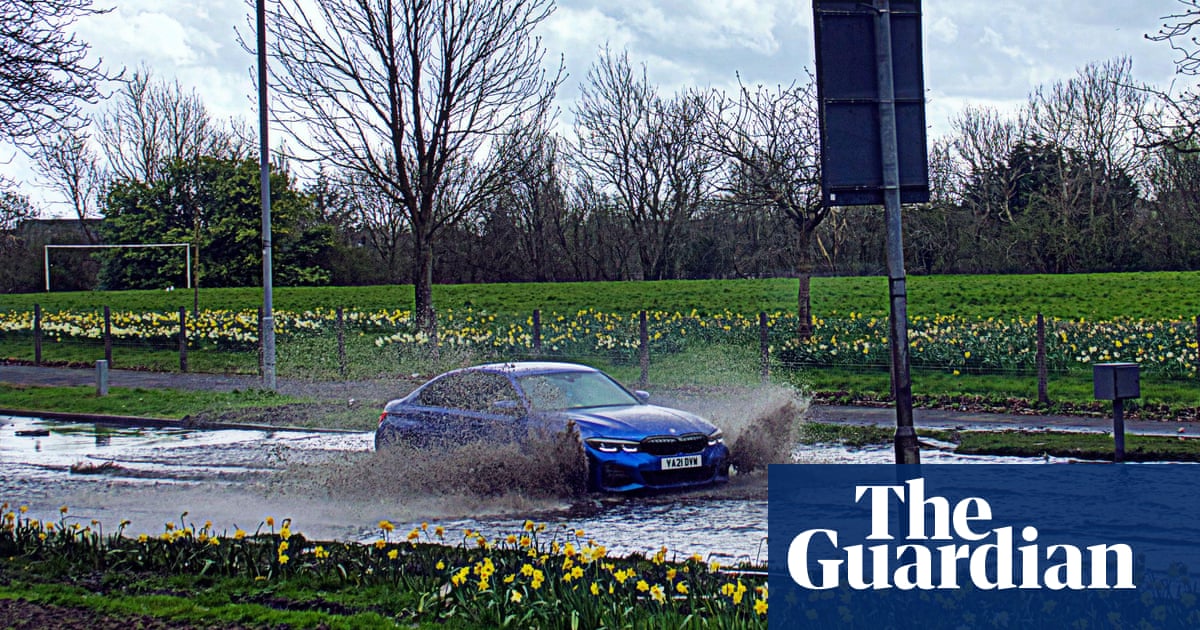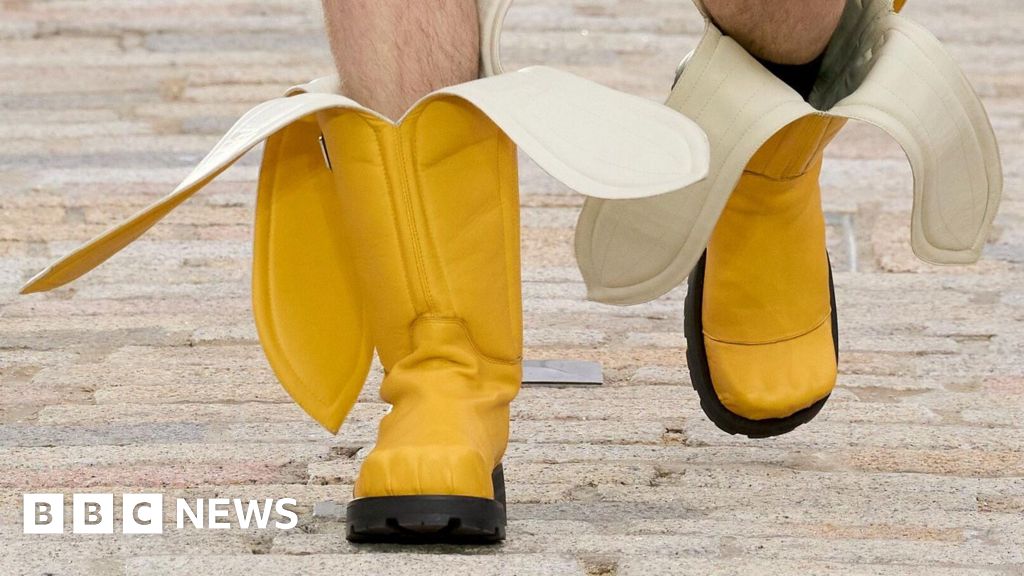Travel
Storm Kathleen: Scotland hit by high winds, heavy rain and travel disruption

High winds and heavy rain from Storm Kathleen persisted through Sunday, battering parts of Scotland and Ireland and disrupting travel.
The Scottish Environmental Protection Agency (Sepa) had 18 regional flood alerts and 37 flood warnings in place in Scotland. They have been in force since Saturday.
The Met Office has also issued a yellow wind warning from 9am on Sunday covering parts of the west and northern Highlands, the Isle of Skye and the Hebrides. It will remain in force until 11:59pm.
Winds as high as 73mph were recorded in Drumalbin, South Lanarkshire.
A previous warning stretched from the Scottish Borders to just south of Stirling. It spanned the west coast, throughout much of central Scotland, and ended just short of the east coast.
Janine Hensman, Sepa’s flood duty manager, said: “Across Sunday, we’ll continue to see high tides, storm surges and large waves across coastal areas. This combination is particularly dangerous – especially around high tides. There is real danger to life from wave overtopping, particularly around causeways, coastal roads and paths.
“While the risk is greatest around high tide times, our message is clear: Take extra care if you are near the coast at any point and stay well clear of waves and water. Be careful when travelling around exposed coastal areas and don’t walk or drive through flood water, as there may be hidden hazards.”
She added: “Whilst Storm Kathleen will ease on Sunday evening, another weather system is on the way. Significant flooding from rivers and surface water is possible in southern, central and north-eastern areas on Tuesday, with coastal flooding continuing due to high spring tides.
“Flood alerts and warnings are in place, so stay up to date though our website. We will continue to work with the Met Office to monitor the situation 24/7 and review regional flood alerts and local flood warnings as required.”
The Met Office has warned of potential power cuts, damage to buildings, poor mobile phone coverage and danger to life because of large waves and debris from beaches being thrown on to seafronts. About 34,000 people were left without electricity on Saturday, with a few thousand customers remaining without power overnight, but by Sunday afternoon almost all had had their supply restored.
CalMac, Scotland’s largest ferry operator, cancelled a number of its services and many other ferries were operating on reduced timetables, while others faced potential disruption.
ScotRail also faced a number of disruptions throughout the day, including to its Helensburgh Central and Dumbarton Central services.
However, the services, according to ScotRail, were “starting to return to normal”.
On Saturday, more than 140 flights throughout the UK were cancelled as a result of the storm.
In Ireland, a girl was swept out to sea from the east pier of Dún Laoghaire harbour in County Dublin on Saturday evening. Rescuers were able to pull her out of the water within eight and a half minutes, with a lifeboat volunteer revealing that pockets of air trapped under her coat helped keep her afloat before the rescue.
Andrew Sykes, a volunteer helm with the RNLI, told PA Media that the stormy conditions made the rescue operation difficult.
“With the high winds and storm we were experiencing, with large waves and surge coming off the pier, to get alongside her was extremely difficult,” he said. “She would be pushed one way and we would be pushed another,”
The girl was taken to a hospital with non-life threatening injuries.
Titanic Belfast was forced to close after strong winds damaged part of its roof on Saturday. However, the yellow wind warning covering Donegal, Mayo and west Galway was lifted at 4pm on Sunday.










